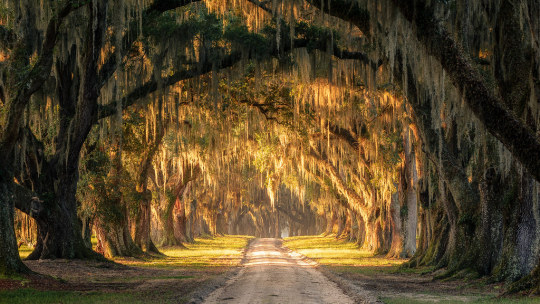#Lowcountry
Photo
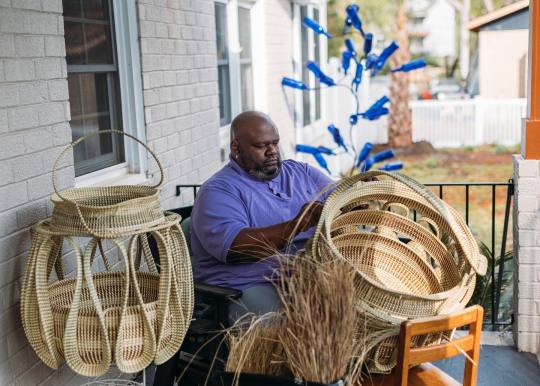



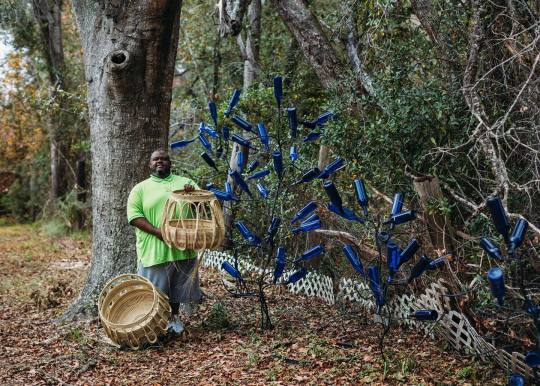


Corey Alston (Mount Pleasant, SC)
“My name is Corey Alston. I'm a fifth generation Sweetgrass Basket Weaver. I currently run the family business in the Charleston City Market. Sweetgrass Basket Weaving has been a major part of the Gullah Geechee Culture dating back to days of Enslavement. This coastal art form has been recognized as South Carolina State Handcraft and has been known to be kept alive the longest along Sweetgrass Basket Makers HWY of South Carolina. This skill is one of the rare arts of our country that is founded nowhere else in America. Gullah Sweetgrass Baskets are a national treasure.
“Being chosen as one of the artisans of Mt. Pleasant does not only bring awareness to my skill set and my culture as a Gullah Geechee representative, but in collaboration with Acres of Ancestry raises awareness of the unjustifiable treatment that Black and minority farmers have endured. The more that this topic is brought to the forefront, the more that our nation's leaders will see that treating white farmers one way and then treating Black farmers another way will not be accepted. I applaud Acres of Ancestry for working tirelessly on making sure that everyone understands what our elder farmers are going through.
“These two Sweetgrass Baskets are called ‘Poppa’ and ‘Big Momma.’ It took six months to complete ‘Big Momma’ and four months to complete ‘Poppa.’ They both measure 36 inches tall.”
—Corey Alston, fifth generation basket weaver and cultural preservationist from Mount Pleasant, SC, Artisan Statement
16K notes
·
View notes
Text

The Gardens gearing up for the most magical winter wonderland. Even during the day, the lights shining have a magical feel to them.
#night of a thousand candles#live oaks#Lowcountry#outdoors#nature#adventure#south carolina#photography#autumn aesthetic#fall aesthetic#trees#gardens#gardening
282 notes
·
View notes
Text

85 notes
·
View notes
Text
There is nothing in the world quite like a Gullah basket. Highly regarded and intricately stitched, each one showcases the maker’s artistry, as well as the centuries of skill passed down through Gullah families in South Carolina’s Lowcountry region.
This storied American craft dates back to the 1700s, and is a tradition rooted in West African culture. Enslaved rice farmers first brought the art form to South Carolina, and post-emancipation, it flourished as a method of expression. For more than eight generations, the Gullah community has continued the legacy,
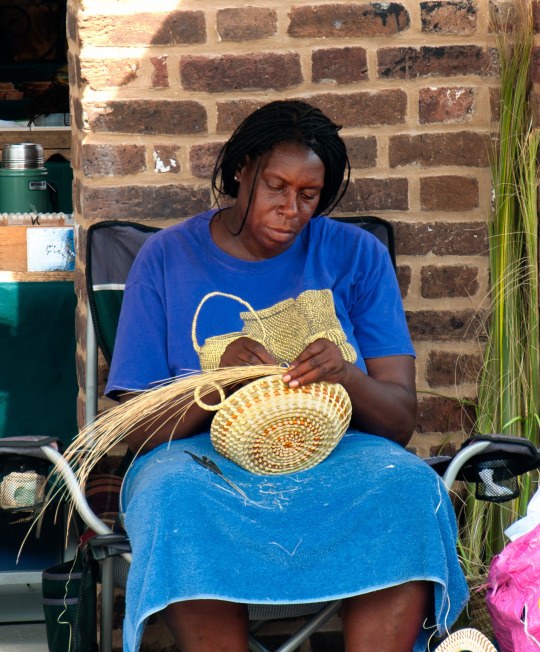
The art of sweetgrass basket weaving is practiced in coastal and barrier island communities from North Carolina to Florida, a region known as the Gullah-Geechee Cultural Heritage Corridor. The Gullah-Geechees are the descendants of enslaved West Africans who worked on coastal plantations. Because of their isolation, they were able to hold on to many traditions brought to these shores during the Transatlantic Slave Trade.
Visit Charleston or Beaufort, South Carolina, and you'll see people sitting on rural roadsides or in city parks and on street corners selling these beautiful baskets. In Georgia, you'll find basket weavers on Sapelo Island and on St. Simons Island, and in coastal communities like Riceboro, Darien and Harris Neck.
Each basket starts with a knot, and moistened grasses or pine needles are repeatedly coiled and wrapped with strips of palm frond stems. Some have lids, while others have handles and other ornate designs.
Today they are considered works of art. However, the Gullah-Geechee ancestors used baskets for more practical purposes -- for storing food, toting things like crops from the fields, and for fanning rice, flipping the grains into the air so that the husk could be carried away with the wind.
#braiding sweetgrass#baskets#black americans#crafts#art#homedesign#gullah#south carolina#southern#lowcountry#hoodoo#creative
509 notes
·
View notes
Text
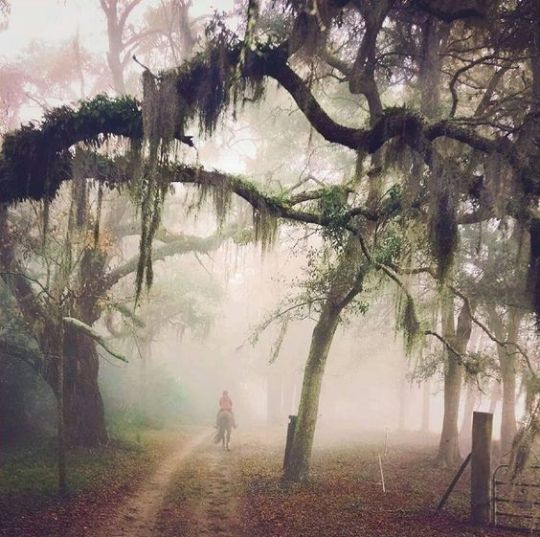
beaufort.southcarolina
📸: Tina Lee Studio
A beautiful scene on a foggy St. Helena Island morning at Coffin Point. Almost mystical.
24 notes
·
View notes
Text

“When an early autumn walks the land and chills the breeze and touches with her hand the summer trees….’ That’s poetry. And ‘Like painted kites the days and nights went flying by. The world was new beneath a blue umbrella sky.”
― John Berendt, Midnight in the Garden of Good and Evil
Photo: Savannah, Georgia
#savannah#southern gothic#spooky#fall#autumn#the south#georgia#ga#the peach state#lowcountry#historic usa#deep south#us history#historic home#spanish moss#midnight in the garden of good and evil#literature quotes#lit quotes#book quotes#travel#tourism#adventure#explore#southern usa
25 notes
·
View notes
Text

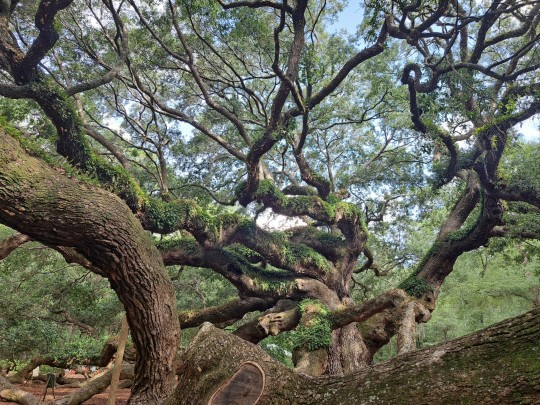
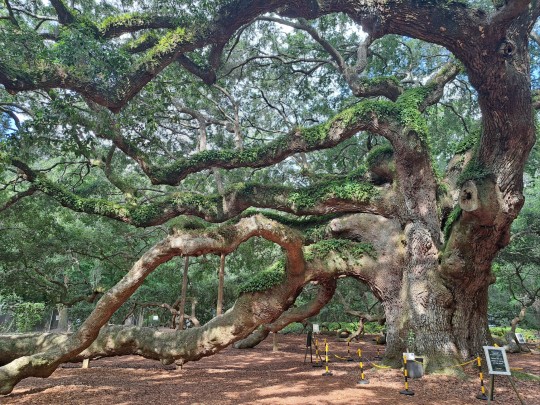


The Angel Oak Tree
#angel oak tree#charleston sc#south carolina#oak tree#nature#nature is beautiful#beauty of nature#hauntingly beautiful#lowcountry#selfie
30 notes
·
View notes
Photo
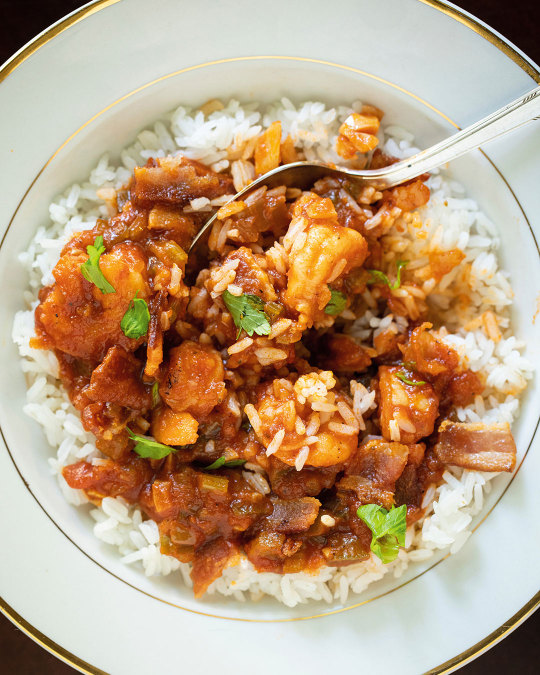
RECIPE: Creole Shrimp (from Gullah Geechee Home Cooking by Emily Meggett)
In South Louisiana, many dishes use what’s called the “holy trinity.” The holy trinity—onion, bell pepper, and celery—is a big part of Cajun cuisine and Louisiana creole cooking. My creole shrimp use this holy trinity, and like many creole dishes, the herb smell that fills the kitchen during cooking is just as wonderful as the taste of the shrimp once they reach the plate. The bacon adds a rich, crispy texture, while the tomatoes serve as the fresh base for this wonderful sauce. Shrimp cooks quickly, so be careful to sauté only until pink. Serve creole shrimp over a bed of white rice.
Serves: 4 to 6
5 slices bacon
1 large onion, finely chopped
1 bell pepper, finely chopped
1 cup (100 g) diced celery
2 garlic cloves, finely chopped
10 small tomatoes (2 pounds/910 g), peeled and diced
2 teaspoons sugar
¼ cup (½ stick/55 g) unsalted butter
2 pounds (910 g) shrimp, peeled and deveined
Seasoning salt, preferably
Gold Medal, to taste
Cooked long-grain white rice, for serving
In a 10-inch (25 cm) cast-iron skillet, cook the bacon over medium-high heat until crisp. Remove from the heat and let cool. Cut the cooled bacon into small pieces. Set aside.
In the skillet, cook the onion, bell pepper, celery, garlic, tomatoes, and sugar for at least 1½ hours over low heat. This mixture needs to “cook down,” which means that the sauce needs to thicken and shrink. The consistency should be a thick sauce, similar to a spaghetti sauce.
About 5 minutes before the mixture finishes cooking, melt the butter in a small skillet. Add the shrimp and cook over medium heat until pink, 1 to 2 minutes.
Drain the shrimp. Add the shrimp and cooked bacon to the tomato mixture. Add Gold Medal seasoning salt. Taste, and add more as needed. Stir, and serve over white rice.

A NEW YORK TIMES BESTSELLER
NAMED A BEST BOOK OF THE YEAR BY NPR
This is the first major Gullah Geechee cookbook: Emily Meggett, the matriarch of Edisto Island, shares the recipes and the history of an essential American community
The history of the Gullah and Geechee people stretches back centuries, when enslaved members of this community were historically isolated from the rest of the South because of their location on the Sea Islands of coastal South Carolina and Georgia. Today, this Lowcountry community represents the most direct living link to the traditional culture, language, and foodways of their West African ancestors.
Gullah Geechee Home Cooking, written by Emily Meggett, the matriarch of Edisto Island, is the preeminent Gullah cookbook. At 89 years old, and with more than 50 grandchildren and great-grandchildren, Meggett is a respected elder in the Gullah community of South Carolina. She has lived on the island all her life, and even at her age, still cooks for hundreds of people out of her hallowed home kitchen. Her house is a place of pilgrimage for anyone with an interest in Gullah Geechee food. Meggett’s Gullah food is rich and flavorful, though it is also often lighter and more seasonal than other types of Southern cooking. Heirloom rice, fresh-caught seafood, local game, and vegetables are key to her recipes for regional delicacies like fried oysters, collard greens, and stone-ground grits. This cookbook includes not only delicious and accessible recipes, but also snippets of the Meggett family history on Edisto Island, which stretches back into the 19th century. Rich in both flavor and history, Meggett’s Gullah Geechee Home Cooking is a testament to the syncretism of West African and American cultures that makes her home of Edisto Island so unique.
For more information, click here.
#abramsbooks#abrams books#gullah geechee#gullah geechee home cooking#gullah geechee food#emily meggett#creole shrimp#lowcountry#south carolina#gullah geechee cookbook#gullah cookbook#recipe#free recipe
60 notes
·
View notes
Text
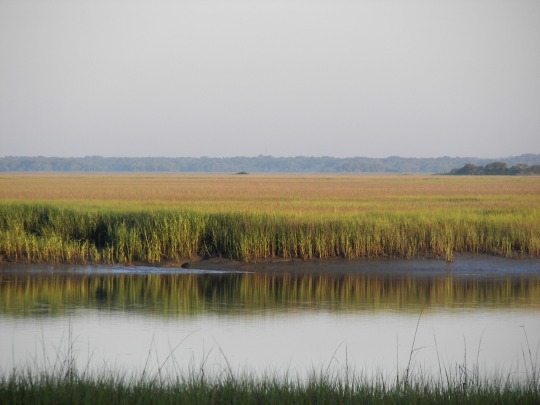
South Carolina Lowcountry
#south carolina#south carolina lowcountry#lowcountry#low country#united states#east coast#landscape#nature#wikipedia#wikipedia pictures#southeastern united states#water#wetlands#salt marshes#coastal waterways#hunting island state park
31 notes
·
View notes
Text
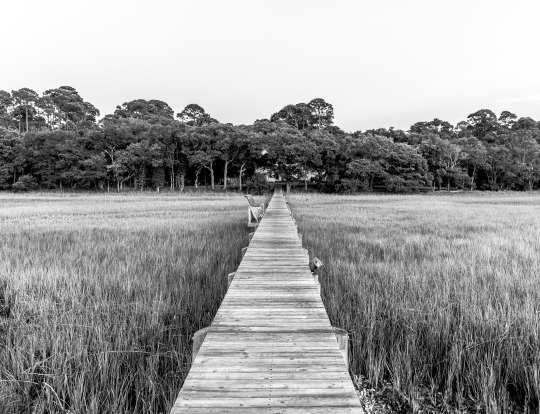
Marshside Folly Beach, SC July 2020 Photo by me @gwenllian-in-the-abbey
5 notes
·
View notes
Text



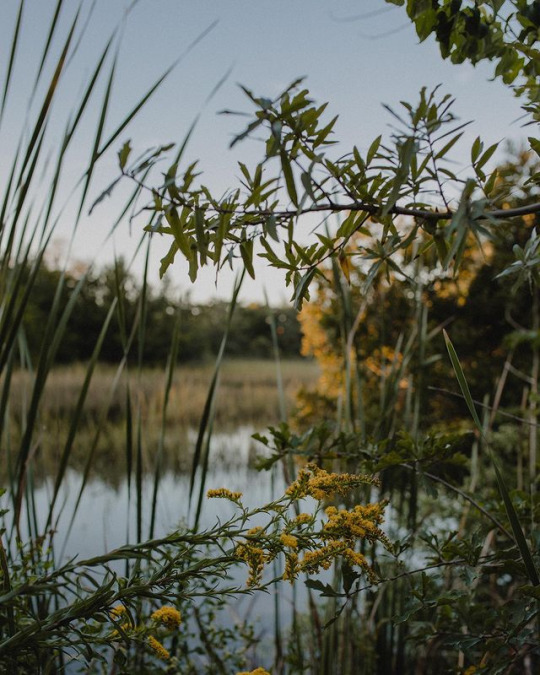

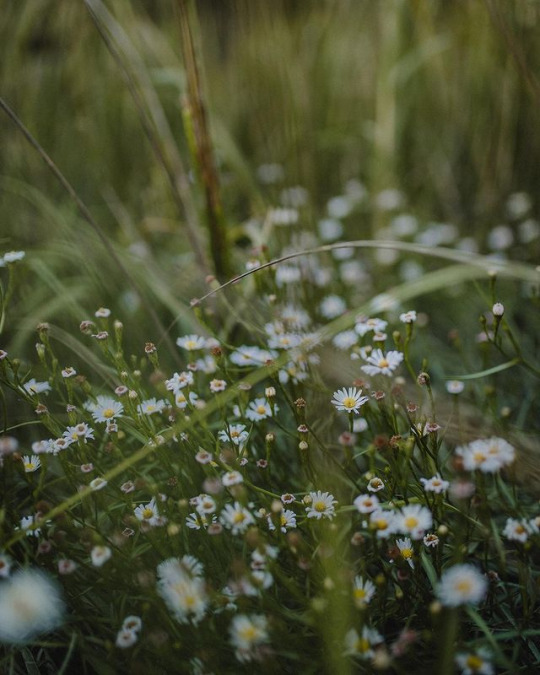
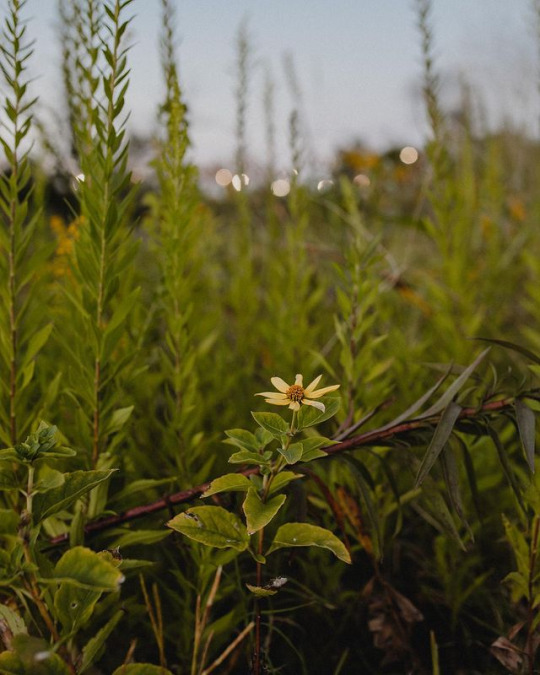


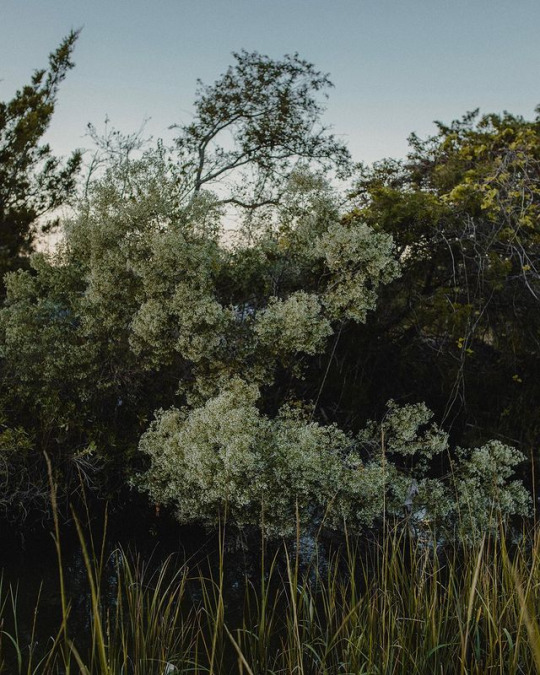
Autumn at Gadsden Creek in Charleston, SC. Photos by Caroline Rose Frady.
64 notes
·
View notes
Text

John Murray, Charleston
109 notes
·
View notes
Text
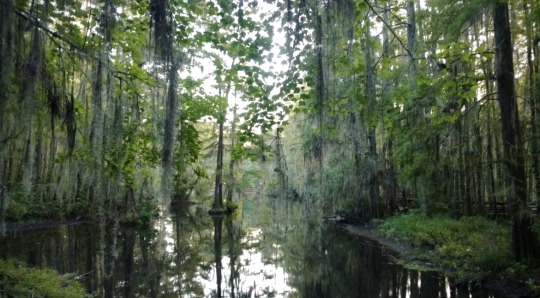
Cypress forest in the wetlands of South Carolina.
#aka heaven#it’s so green ima die#spring#summer#outdoors#nature#adventure#swamp posting#swamp#wetlands#south carolina#photography#landscape#forestcore#forest#camping#Lowcountry#bald cypress#cypress#lush#woodland#woods#rain forest#aesthetic#swampcore#cottage#cottage core#cottage aesthetic#frog#southern gothic
892 notes
·
View notes
Text

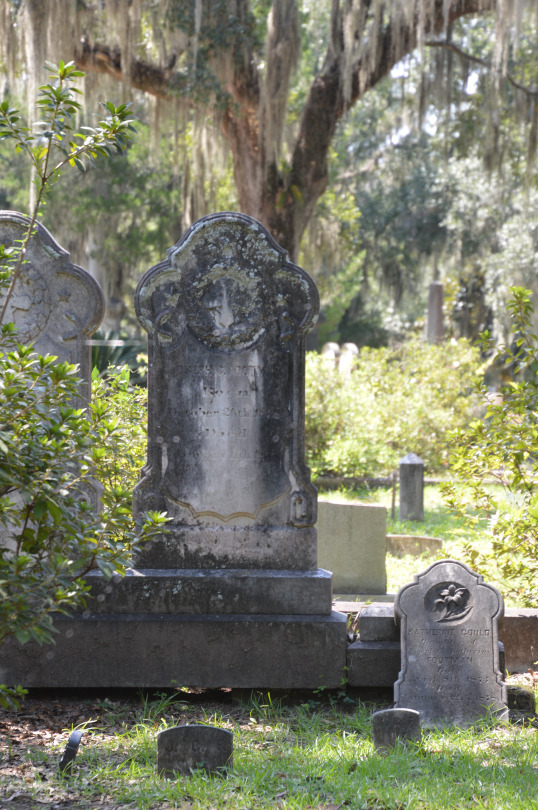



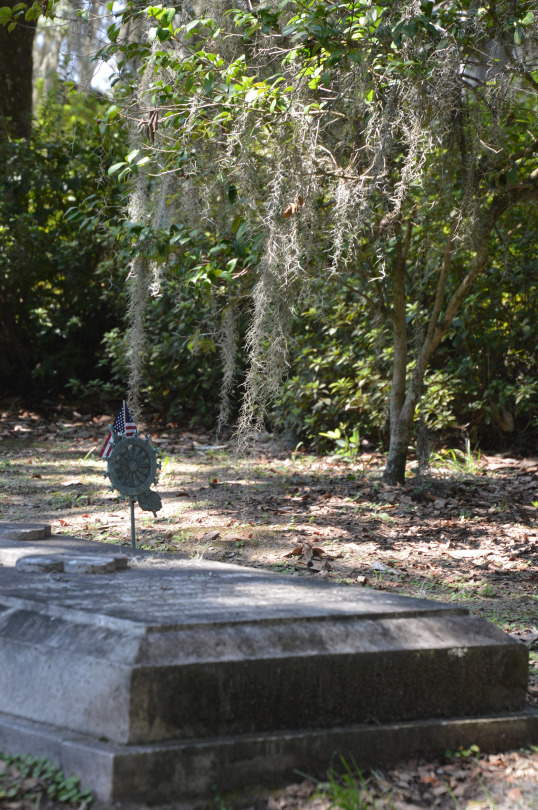

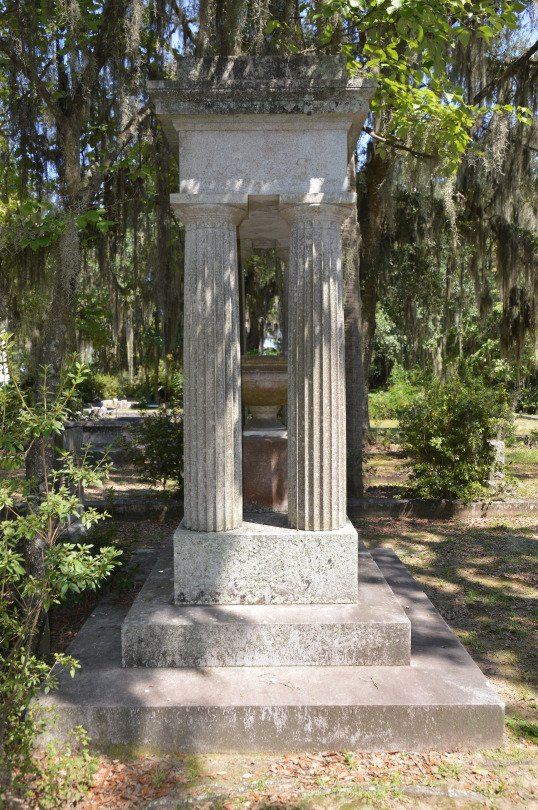



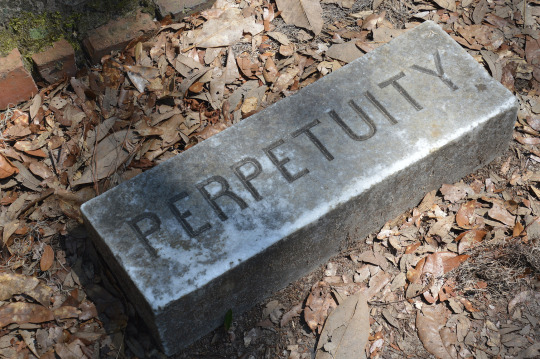


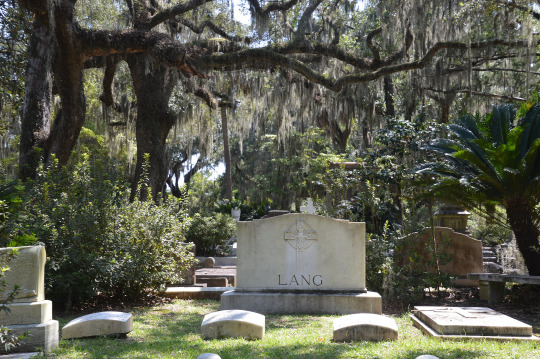


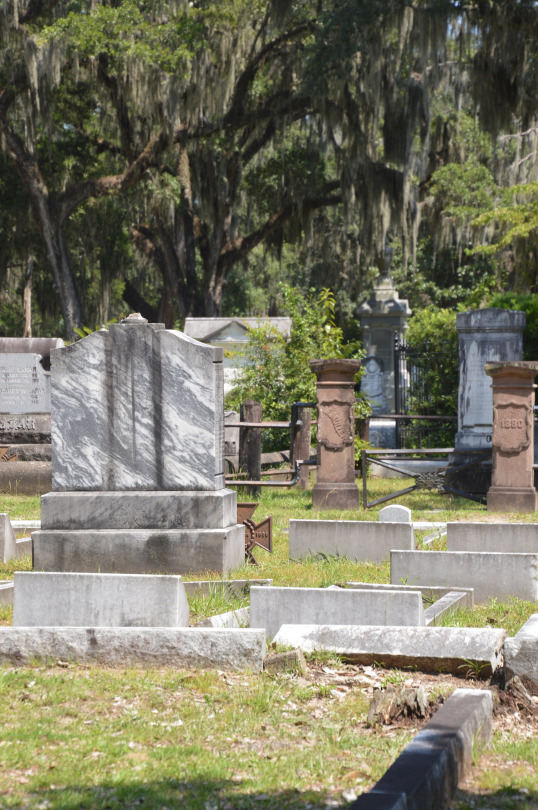



Bonaventure Cemetery
Thunderbolt (near Savannah), Georgia. August 2023. Photos by M. Lucero.
#bonaventure cemetery#thunderbolt#savannah#georgia#lowcountry#southern#spanish moss#graveyard#grave#live oak#photo#photos#photography#original photography#photography on tumblr#photographers on tumblr#2023
9 notes
·
View notes

